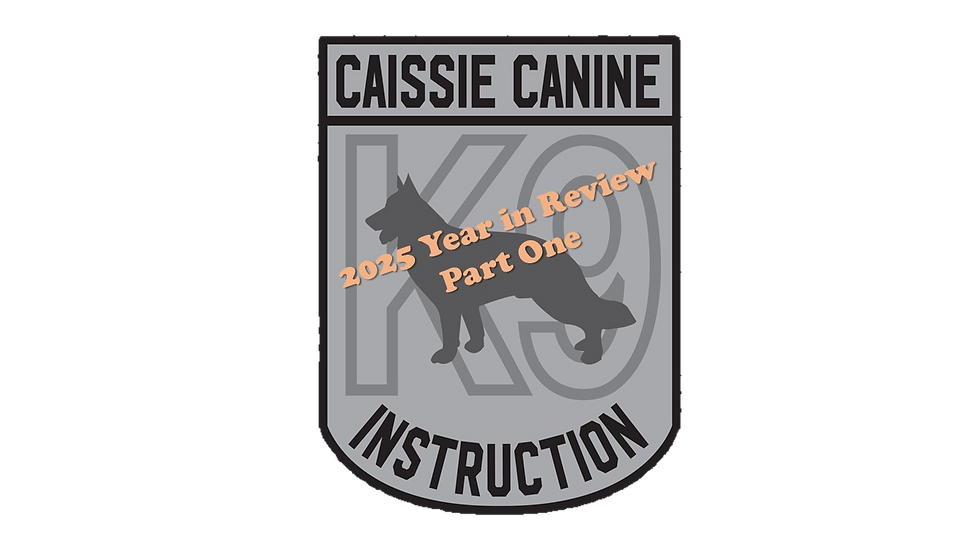Caissie Canine Instruction: Fussy Eaters!
- caissiecanineinstr

- May 25, 2021
- 2 min read

Welcome to Doggie Dialogue:
We begin this week with our “RUFF TAILS” featuring Rogue,
a beautiful Rhodesian Ridgeback

When I was a pup, I loved to be hugged, as you can see……
Now that I am a big girl, I still love my group hugs, and everyone tells me I am a “social butterfly” especially at the dog park.

An all too familiar question has been asked over years, why does our dog not eat? Why is he/she so fussy about their kibble? Well, we personally, have that dog.
Jaxon, our German Shepherd, never seemed interested in his food. He ate very slowly, my husband, Paul even had to hand feed him, just to encourage him to eat. German Shephard’s are a known breed for being fussy eaters, as well as Bichon Frise, Husky, Yorkshire Terrier, and Maltese, just to name a few.
We started with establishing a regular feeding schedule (which we highly recommend),
then added “enhanced toppers” (you can buy these at your local pet store); switched to unsalted chicken broth, tried our best to introduce veggies and fruit mixed in with his regular kibble and … NOTHING!!!!! We even tried different flavours of kibble.
When Daisy, our yellow lab arrived we thought Jaxon was going to eat now, because if not, we knew this lab was going to eat everything. Over time, Jaxon began to eat better, but still never seemed overly interested in his food. He was underweight, vomited almost every week, and through trial and error we discovered that he was allergic to wheat and feathers. (bird products such as, chicken, turkey and gizzard) If you can believe it!!
After much research and recommendations, we switched both are dogs over to a raw diet and have never looked back.

Jaxon is finally up to 55 lbs (almost 3 years old), he eats like a champ, and we discovered even with raw food, he doesn’t throw up as often in the morning. We have learned that if there is more than a 12-hour time lapse between meals, the stomach can become hyperacidic causing nausea.
It has taken a lot of trial and error, but I believe we have it now. Be patient with your fussy canine as most dogs can go 3-5 days without eating.

However, after 48 hours, if your dog is not eating, please see your vet. It is very important to ensure your dog is drinking plenty of water.
In summary, here is what we recommend to encourage your fussy canine:
1. Try enhanced toppers/unsalted chicken broth on their kibble
2. PRAISE your dog for eating
3. Avoid table scraps and limit treats
4. Choose a nutritious and highly palatable kibble
5. Offer home-cooked food/ or research a raw diet
6. Ask for Advice from your vet to ensure there is no medical issue




Comments